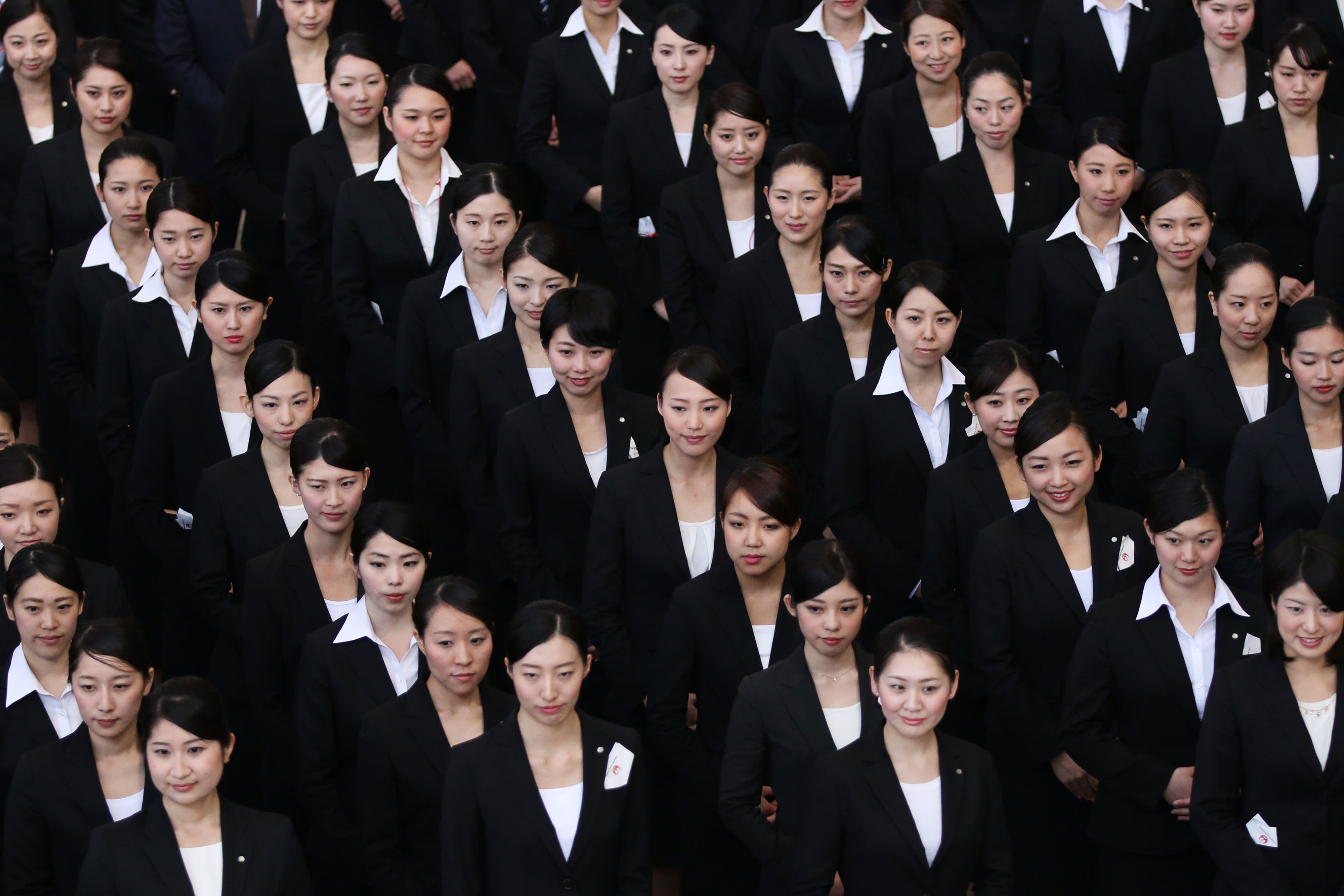change supply]
IPSS, “Attitudes towards Marriage and Family amongst Japanese Singles” (2011), p. 4. IPSS, “Attitudes towards Marriage and Family amongst Japanese Singles” (2011), pp. 20-21. IPSS, “Attitudes towards Marriage and Family amongst Japanese Singles” (2011), p. 2. Hozumi, Nobushige.
For women, common compensation stays largely the same from their late twenties to their sixties, a fact attributable to pauses in employment tied to having youngsters or part-time, quite than full-time, work. Since the mid-2000s, half-time employment charges have fallen for women in additional than half the nations that make up the OECD. But in Japan, the development is reversed, with part-time work among women rising over the previous 15 years. The institution of marriage in Japan has modified radically over the last millennium. Indigenous practices tailored first to Chinese Confucianism during the medieval period, after which to Western concepts of individualism, gender equality, romantic love, and the nuclear household in the course of the modern period.
For twenty years, women have accounted for about 20 percent of enrollment at the University of Tokyo. The gender disparity extends throughout many prime colleges. Earlier this year, Japanese women started voicing their discontent with arcane workplace restrictions on their appears by way of the #KuToo movement, which drew consideration to the requirement that many corporations still have that girls put on high heels to work. The time period #KuToo is a triple pun, playing on the Japanese phrases kutsu (shoes), kutsuu (pain), and the #MeToo motion.
“Envisioning and Observing Women’s Exclusion from Sacred Mountains in Japan”, Dewitt, Lindsey E., Journal of Asian Humanities at Kyushu University. 1, pp.19-28, 2016-03. In 2015, Article 733 of Japan’s Civil Code that states that girls can not remarry 6 months after divorce was decreased to 100 days. The 6 month ban on remarriage for women was previously aiming to “keep away from uncertainty concerning the identification of the legally presumed father of any child born in that point interval”.
Gender roles through traditions and trendy society
Ishikawa submitted a petition in June asking the federal government to bar companies from imposing costume codes that activists say specifically discriminate in opposition to women, like necessities that women wear heels, make-up or glasses. But judging from the reaction, the information has touched a nerve amongst Japanese women tired of having their our bodies scrutinized and controlled in ways in which they are saying their male counterparts are not. All of this was apparently news to many ladies in Japan, who, upon listening to what their fellow women have had to endure, took to social media to interrupt that glasses ceiling. According to the BBC, several Japanese outlets mentioned firms have “banned” women from carrying eyeglasses and that they give a “cold impression” to feminine store assistants.
This is an imaginative, pioneering work, providing an interdisciplinary approach that can encourage a reconsideration of the paradigms of girls’s history, hitherto rooted in the Western expertise. In November 1911, a manufacturing of Henrik Ibsen’sA Doll’s House, starring the gorgeous young actress Matsui Sumako (1886–1919) and directed by Shimamura Hogetsu (1871–1918), opened in Tokyo.¹ Although it was solely a university manufacturing, the robust performance by Matsui and the explosive message of the play generated appreciable attention from the popular press.A Doll’s House, with its suggestion that marriage isn’t sacrosanct and that man’s authority within the home shouldn’t go unchallenged, created an instantaneous sensation in a society where women had few, if any, rights.
Henshall, K. G. (1999). A History of Japan. Macmillan Press LTD. p. sixty one.

Right to divorce
Yoko Kamikawa, a former gender equality minister, agreed that the current pension system — final up to date within the Eighties — should be expanded to incorporate part-time staff. Forty years in the past, single-income households made up the overwhelming majority in Japan. Since then, Kamikawa mentioned households have turn out to be more numerous. Abe’s authorities is considering changes that might require more half-time staff to contribute to the pension program and mandate that smaller firms take part as properly.
The dearth of girls at Todai is a byproduct of deep-seated gender inequality in Japan, where women are still not expected to realize as a lot as men and sometimes hold themselves again from academic opportunities. TOKYO — From a young age, Satomi Hayashi studied exhausting japanese women and excelled academically. It appeared solely natural that she would follow in her father’s footsteps and attend the University of Tokyo, Japan’s most prestigious establishment. The program listed numerous reasons that employers gave for not wanting women to put on glasses whereas at work.
Peasant women in Tokugawa Japan grew up, married, gave delivery, and died in usually obscure circumstances. Little is understood of them as people, and the emotional content of their lives stays largely unrecorded.

